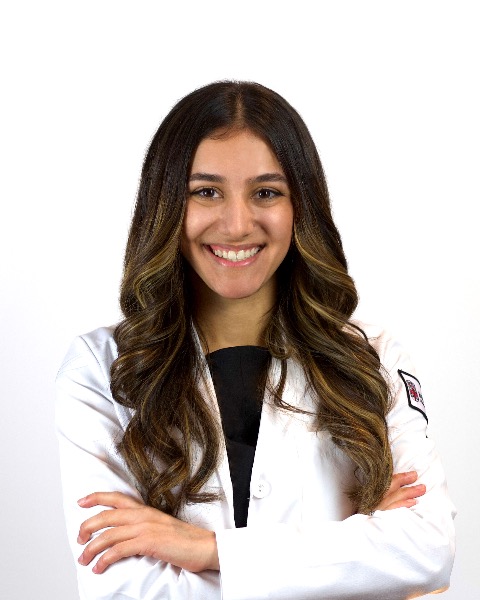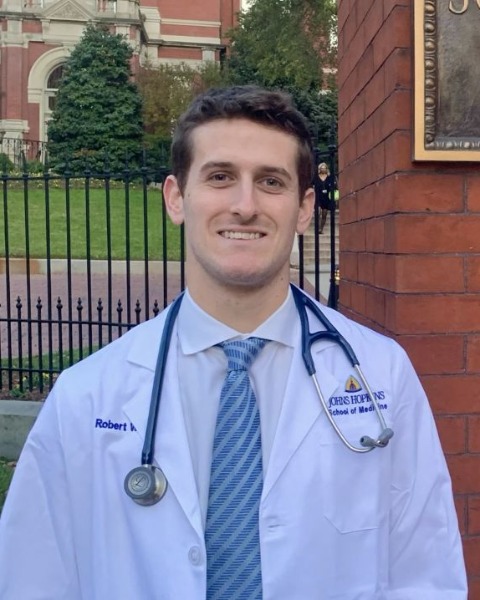Pediatric Interventions
Clinical and Imaging Outcomes of Sclerotherapy for Superficial Venous Malformations Involving the Trunk

Tushar Garg, MD (he/him/his)
Postdoctoral Research Fellow
Johns Hopkins University School of MedicineDisclosure information not submitted.

Amanda R. Laguna, BS
Medical Student
Warren Alpert Medical School of Brown University
Anna J. Gong, MD
Resident
Johns Hopkins University.jpg)
Adham Khalil, MD
Postdoctoral Research Fellow
Johns Hopkins University, Department of Radiology
Robert M. Weinstein, BS
Medical Student
The Johns Hopkins University- SM
Sally E. Mitchell, MD, FSIR
Professor Emerita
Johns Hopkins University School of Medicine - CW
Clifford R. Weiss, MD
Professor
Department of Radiology, Radiological Science and Biomedical Engineering, Johns Hopkins University School of Medicine
Presenting Author(s)
Author/Co-author(s)
Materials and Methods: We reviewed patients who received sclerotherapy for trunk between 5/2004 and 8/2022. Clinical and imaging findings were assessed to evaluate clinical response, lesion size changes, and complication rates. Sub-stratification analysis was performed with respect to type of sclerosing agent. Fisher’s Exact Tests were used for statistical analysis. Clinical symptoms response was classified as resolved, improved and stable or worsened.VM size change was calculated using difference between pre- and post- procedure MRI of the largest lesion diameter in one plane, comparable to the response evaluation criteria in solid tumors: complete response (CR, 100% reduction), partial response (PR, 30% reduction), stable disease (SD, ≤30% reduction or ≤20% enlargement), progressive disease (PD, ≥20% enlargement). SIR classification criteria was used to classify adverse events.
Results:
82 patients (59% F) underwent a total of 283 embolization procedures with a mean follow up period of 830 days. The most common presenting symptoms was pain (60.9%, 50/82). Patients also frequently complained of VM enlargement (29.3%, 24/82), discoloration (42 %, 13/82), cosmetic deformity (6.1 %, 5/82), and functional deficit (4.9 %, 4/82). Patients underwent a median of 2 procedures (Range: 1-13) procedures with a technical success rate of 98.9 % (261/265). Ethanol (175/265; 66%) was the most common sclerosant used, followed by sotradecol foam (76/265; 28.7%), bleomycin foam (17/265; 6.4%), n-BCA (14/265; 5.3%), and onyx (2/265; 0.7%) with some procedures using more than one agent. Sclerotherapy significantly improved clinical symptoms with 25.4% resolved (13/51), 39.2% improved (20/51), and 35.2% stable or worsened (18/51) (p < 0.01). Embolization was not significantly associated with a lesion size reduction on imaging (p= 0.3). Of the 48 (58.5%) patients with both pre- and post- MRI imaging measurements, 8.3% of patient (4/48) demonstrated a complete response, 45.8% patients (22/48) demonstrated a partial response, 39.5% patients (19/48) demonstrated no change in VM size, and 6.25% patients (3/48) demonstrated increased VM size. Type of sclerosant did not correlate with clinical (p= 0.1) or imaging outcomes (p=0.4). Early (30 day) post-procedural complications occurred after 29 of 265 procedures (10.9%), the majority of which were skin burns.
Conclusion: Percutaneous image guide sclerotherapy is a safe and effective treatment for venous malformations involving the trunk.

.png)
.png)
.jpg)
.png)
.jpg)
.png)
.jpg)
.png)
.png)